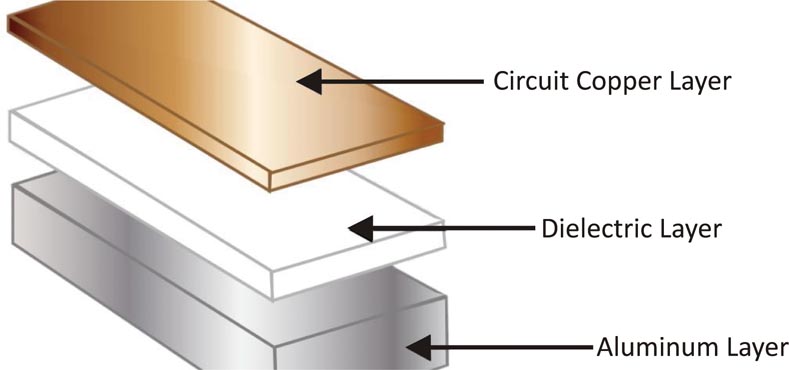Introduction
Rigid-flex PCB is a new type of PCB which has both the durability of rigid PCB and the adaptability of flexible PCB. Of all types of printed circuit boards, rigid-flex PCBs are the most resistant to harsh application environments and are favored by manufacturers of medical and military equipment.
Compared with the common FR-4 rigid-flex substrates, the aluminum rigid-flex substrates have better heat dissipation performance and higher service life. The binding force of the PCB has a crucial impact on the reliability of the product, so it is necessary to study the surface treatment method of aluminum substrate, and then selecting a better binding force treatment method for production, which can improve the reliability of PCB, in order to meet the requirements of high reliability of electronic products.
PCBWay is one of the best PCB prototype and assembly manufacturer in China. Good quality and fast delivery time help them earn the reputation from all over world engineers.
Now more and more engineers have noticed that their flexible board service is also very good. Their engineers will review your file and feedback to you the production details. Also their after-sale team will ensure everything goes OK.
Some Common Surface Treatment Methods of Aluminum Substrates
The surface treatment methods of aluminum substrates can be divided into physical grinding & brushing methods and chemical etching methods. The purpose of both methods is to form a certain roughness on the surface of aluminum substrate so as to increase the adhesion between the surface of aluminum substrate and the medium.
Physical Grinding & Brushing Methods
Physical grinding brush method is through grinding brush, sand belt or ash powder and plate contact, and apply a certain pressure, so that the plate surface with a certain roughness of the surface.
Common physical grinding brush methods are: nonwoven cloth grinding brush, volcanic ash grinding brush, sand belt grinding and other methods.
Chemical Etching Methods
Chemical etching is through the reaction of solution and aluminum, which means that etching surface of aluminum substrate, so that the surface of aluminum substrate has a certain degree of roughness of the surface. Generally use alkaline solution, but because the aluminum itself is not resistant to strong alkali, so the need for operators in the actual operation of the process of strict control of the concentration of solution and reaction time.
Measurement of Surface Roughness of Aluminum Substrate
The measurement methods of surface roughness can be divided into contact measurement and non-contact measurement.
The contact measurement method is mainly the contact needle method, which is the use of small diameter probe with larger reference plane slide gauge head, by applying small power, let the probe along the surface of the sample length of the object under test, resulting in a micro move up and down, and then through the transformation of magnetic sensor to get the corresponding shift data, can get all kinds of required roughness data.
Non-contact measurement is a method that indirectly reflects the information of the measured surface by means that has no influence on the surface topography. The biggest advantage of this kind of method is that the detection part of the measuring device does not contact directly with the measured surface, which protects the measuring device and avoids the measurement error caused by direct contact with the measuring device.
Conclusion
The roughness of aluminum plate surface treatment is not the larger the better, but also need to consider the surface treatment morphology and uniformity. The alkali etching surface treatment is the best, which can provide a uniform micro rough surface.
Based on the above tests, the plate with alkali etching surface treatment technology before compression has high anti-aging performance and can provide the best adhesion force to ensure the high reliability of the end product.
There are various surface treatment methods for aluminum plates. High-yielding, high-efficiency and low-cost surface treatment technologies are preferred in production, and composite surface treatment can be adopted when necessary to meet the requirements of high reliability of products.
About Rigid-Flex PCB Cost
For the vast majority of manufacturers, it may be more appropriate to use reinforced flexible boards than rigid flexible combined circuit boards. This is because the increased cost of PCB assembly often exceeds the cost range that the general manufacturer can afford. One of the most important steps to realize the large-scale production of rigid-flex PCB is to introduce suitable manufacturers in the early stage of the process operation. For military or medical electronics, cost may take a back seat to effectiveness. In this sense, it can accelerate the flexible circuit board in the market play a role.
You can also get instant quotation on PCBWay.
Now Rigid-Flex PCB in PCBWay as low as $75 and about 3-5 days delivery time.


